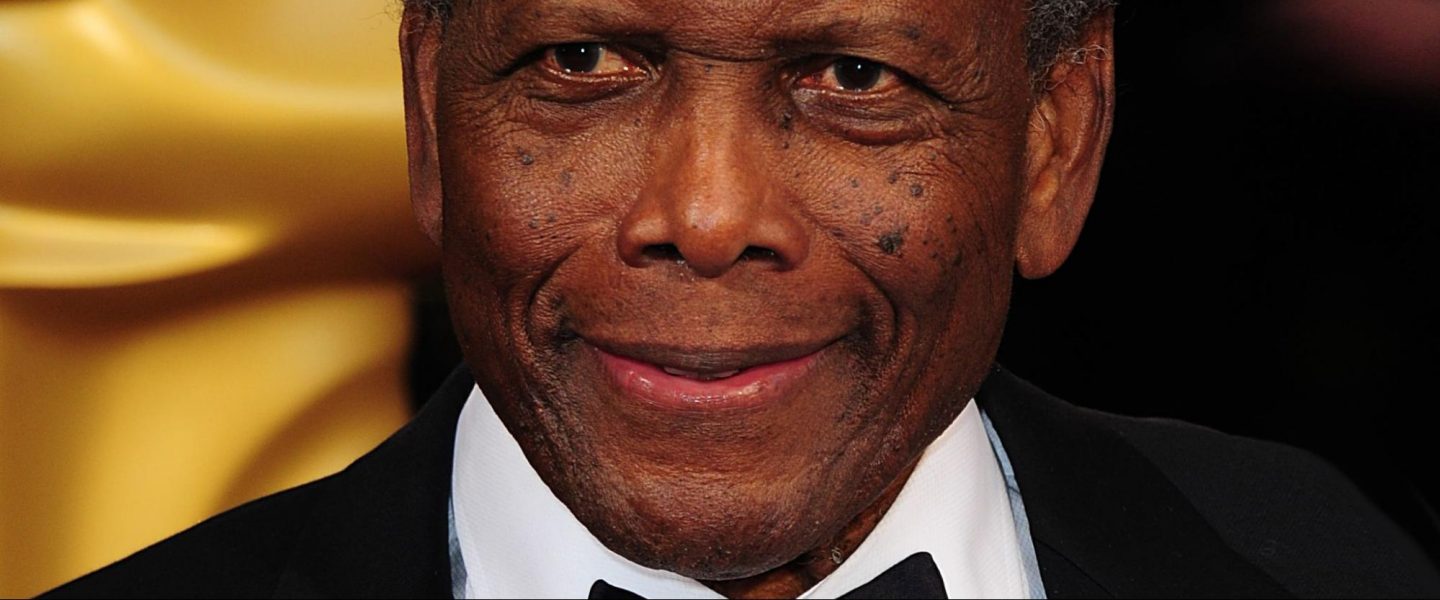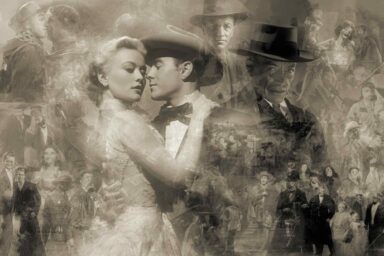Thanks to Sidney Poitier, “I see myself as a man.”
– PERSPECTIVE –
Before the term “role model,” there was Sidney Poitier. Growing up in the ‘50s, I watched a lot of black-and-white television. There were only a few Black faces on the screen in those days. There was Mantan Moreland, bug-eyed Rochester from The Jack Benny Program, Amos and Andy, Stepin Fetchit, and a sprinkling of other stereotypically Black performers.
And then there was Sidney Poitier. He was the one who stood out, his character distinguishable from those other Black performers during a time when I was young and unaware of being impressionable.
Mr. Poitier was dark, like me. He wasn’t caramel-colored, like Harry Belafonte. I could identify with him, and he gave me a reason to be proud when dark-skinned people in my Baltimore neighborhood were ridiculed by lighter, tan to high yellow “colored people” for being Black before Blackness was in vogue. In the movie Lilies of the Field, in which he made history for being the first African American to win an Academy Award, his dark skin glistened in the Arizona sun. The white cast members looked bleached next to his white-shirt-wearing image. His tall, lean frame intensified the heroic quality of his figure because on the black-and-white screen, Mr. Poitier was obviously — and indelibly — dipped in the ink of mother Africa.
There was no question about his cultural identity. He was not a “wannabe part Indian.” He was born in a time when people who looked like us were not expected to be confident and proud, especially around those who looked like us. He was not the standard on-screen persona in an era of conk hairdos and bleaching cream. In fact, only one Sidney Poitier movie, The Long Ships, did not inspire me, in part because he wore a wavy black wig to portray a Moorish king. He looked like a backup singer from a rock ‘n’ roll band. What was he thinking when he took that role? But he was an actor, after all.
There is a balance between being a role model and a professional that is hard to maintain, especially when working in a racially segregated country and in the highly controlled white filmmaking industry. Mr. Poitier carried a lot of weight on his back: He was a Hollywood star, a Black superstar, a very proud human being, a trailblazer, and a risk-taker. A line from Guess Who’s Coming to Dinner lives in my mind to this day. Mr. Poitier’s character is engaged in a heated conversation with his father about the son’s decision to marry a white woman. The father goes through a litany of “Are you crazy?” arguments that are intended to make sense but fall pathetically on the deaf ears of a son who is not interested in hearing it. The son defiantly says that it won’t be until his dad’s entire generation have died that their weight will finally be lifted from the backs of their children.
The tension of that scene brings to mind disagreements I had with my own father. Those discussions bordered on disrespect, but Mr. Poitier delivered his lines with unflinching honesty. At the fever pitch of their disagreement, when the son has ventured as close to the fire as possible without being slapped down, he looks at his father, his face changing, and, with heart-melting tenderness, says, “Dad. You’re my father, I’m your son. I love you. I always have and I always will, but you think of yourself as a colored man. I think of myself as a man.”
I was 11 years old in 1964 when the movie premiered, but that scene, that statement, resounded in my heart and was stored away in my memory. I wanted to know: Why couldn’t I be seen as a man, like Mr. Poitier? Didn’t I deserve to hold my head high and walk in whatever direction I wanted, be who I saw myself to be, love who I wanted to love, live where I wanted to live?
What was it like to be seen as a man, instead of a racial slur we are encouraged not to use today? In 1964, that word was used quite often by both races. What kind of man could I be outside of the fantasies of Hollywood screenwriters?
“I see myself as a man.”
Those were words to grow on. A seed was planted in my head, but in reality, it had trouble taking root. Sometimes doubt would come along, like birds, and peck at liberating seeds of thought. Other times, they landed on the surface of hard, long-held beliefs, vulnerable to the hot remarks of naysayers with their expectation of innate limitations. It was then that I would start in the direction of being myself and begin forging ahead towards self-actualization, but the faith was not deep enough. That drive and determination would be choked off by obstacles, unable to stand the heat of opposition.
In my most Poitier-like moments, when I fully embrace the power of my imagination and see the vision of self that creates momentum within me, when I dare to stand on his giant Black shoulders without concern of what others think, outside of opinions disguised as good advice, that belief in myself resurfaces, and I am able to fully be who I knew I always was. I look into the mirror of the influence of the actor, Sidney Poitier, and I see myself. And I am proud.



